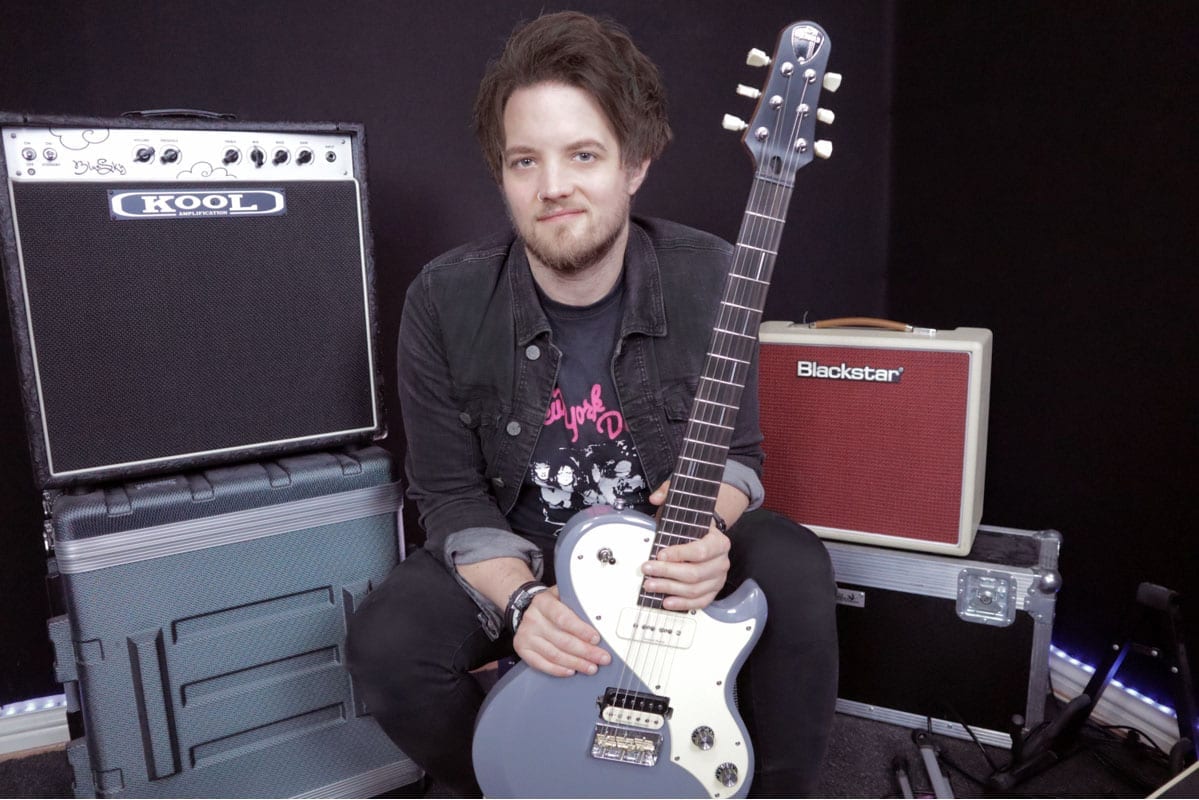'Many classic songs use chords that sit outside of the regular shapes that we learn in the early stages of playing': 9 iconic guitar chords from classic songs and how to play them
From The Beatles to Bond, Mr Brightside to Hendrix and The Police – these are historic chords

When learning how to play the guitar it’s very easy to focus on riffs and techniques, but one thing that can easily get overlooked is learning more advanced chord styles.
Many classic songs use chords that sit outside of the regular shapes that we learn in the early stages of playing. In some cases more complex chords can define the sound of a specific song, or become the trademark sound of that guitar player or their band.
In this lesson we’re going to learn nine iconic chords from classic songs, including a few that have been hotly debated over the years.
1. Em/Maj9 – The Bond Chord (Vic Flick)

If you’ve ever seen a James Bond film, you might recognise this chord as being the closing chord of the main theme tune.
This was played by session guitarist Vic Flick and has become a huge part of the sound synonymous with spy movies.
This chord is an Em/Maj9, which is a lot easier to play than its name suggests and may leave you stirred by not shaken. The chord is played with all four fingers starting with your index finger on the 7th fret of the B and ending with the little finger on the 10th fret of the A.
2. Fadd9 – A Hard Day's Night (The Beatles)
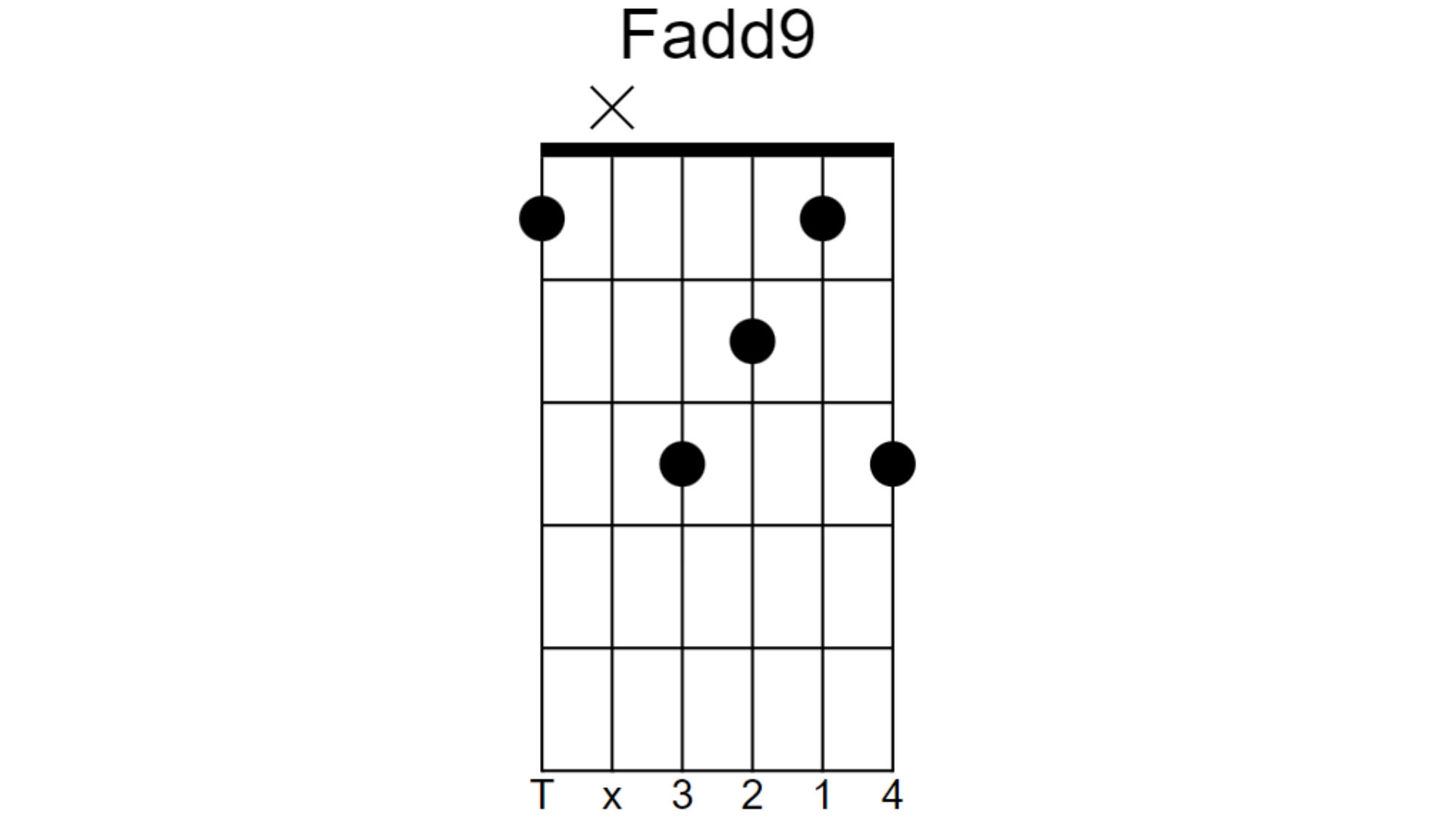
Many people have argued various offerings as to what the famous clattering chord sound is at the start of the Fab Four's A Hard Day's Night.
Want all the hottest music and gear news, reviews, deals, features and more, direct to your inbox? Sign up here.
The chord is an Fadd9 chord, but the original was played on a 12-string guitar.
If you don’t have a 12-string, you can still play this chord. You need to play an F chord using the Hendrix-style shape with your thumb playing the root note. Once in this position, you will have your little finger free to play the 3rd fret of the high E string.
3. E7/G# - Don’t Look Back in Anger (Oasis)

Another chord that has been debated for a long time is the E7/G# chord Noel Gallagher plays in the pre-chorus of Don’t Look Back in Anger.
Many guitar players have played this as a regular E7 shape and used their little finger to reach up to the G# on the low E string. However, Noel recently put an end to this debate by showing exactly how he plays this chord.
This is a fairly unusual voicing, he plays the G# on the 4th fret of the low E, and the 4th fret on the G. The other strings are all played open, except for the A which is muted by the underside of the finger playing the low E string.
4. E7#9 – the Hendrix chord

This chord is one of the many key characteristics of Jimi Hendrix’s guitar style. If you talk about his chord work you will always come up against two topics. His ability to play rhythm with lead lines inside it, and the Hendrix Chord.
This chord is an E7#9 and while this chord can be moved around, Hendrix typically played it in E to he could add the open Low E string for some vibe as seen in Purple Haze.
Dadd9no5 – Mr Brightside (The Killers)

Dave Keuning's chord has driven guitar players crazy for almost 20 years – especially anyone who has ever played in a covers band where this song is non-negotiable. The chord that opens this riff has many challenges. Instead of this being a regular D9 chord, it’s played an octave higher and the 5th interval has been removed.
The chord starts at the 17th fret of the A string which already makes it tricky because of the spacing. You’ve also got to play the high E string open, and use your little finger to reach over everything else and play a note an octave higher than the root on the G.
Take your time with this one and focus on your wrist positioning to ensure you can reach over every string without muting anything.
Easy… right?
6. CaugMaj7/G# – Stairway to Heaven (Led Zeppelin)

Yet another highly debated chord is the second chord in Stairway To Heaven. The opening chord is an Amin and the third chord is a C, but what about this mystery chord in the middle.
There are many different ideas and theories about this. Some players have called it by other names based on their interpretation of the key or interval makeup, some players have just accepted that it’s a passing chord, some accept it was a happy accident.
The most theoretically correct idea is that it’s a CaugMaj7/G#. That means it’s a Cmaj7 chord, with an augmented 5th and a G# in the bass. All the notes of the chord fit this theory.
This chord could also be thought of as:
- AbAug – Think of the G# as an Ab and consider the B a passing note
- Am/G# - This is viewing the chord as still being Amin but with a G# moving chromatically and a B passing note
- E/G# - This could be seen as an E chord with the C note being a sus2 from the previous chord.
These are just some of the theories about this chord. If you have your own, let me know in the comments of the YouTube video!
7. C#add9 – Message in a Bottle (The Police)
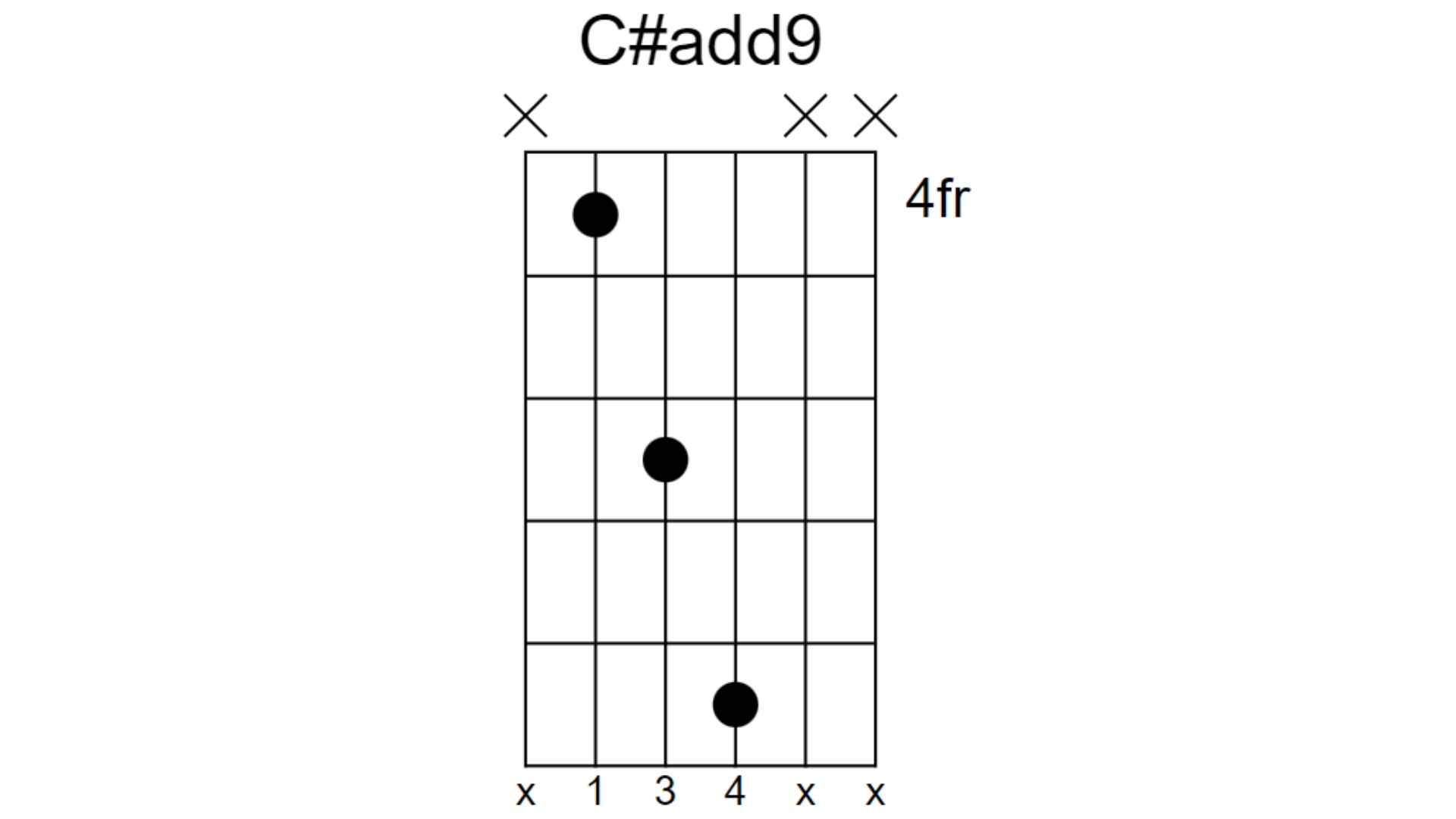
This three-note chord, alongside generous use of a flanger pedal (Summers calls it a chorus), pretty much defined the sound of Andy Summers and The Police. This chord appears in hits including Message In A Bottle and Every Breath You Take.
It's a transposable chord, meaning you can root it anywhere along the Low E or A strings and use it in the same way.
In the track Message In A Bottle you see this chord moved to four different positions.
The shape is like a power chord with an extra note added by your little finger. It’s a big stretch so go slow when working on this one.
8. G#sus4/E - Lenny
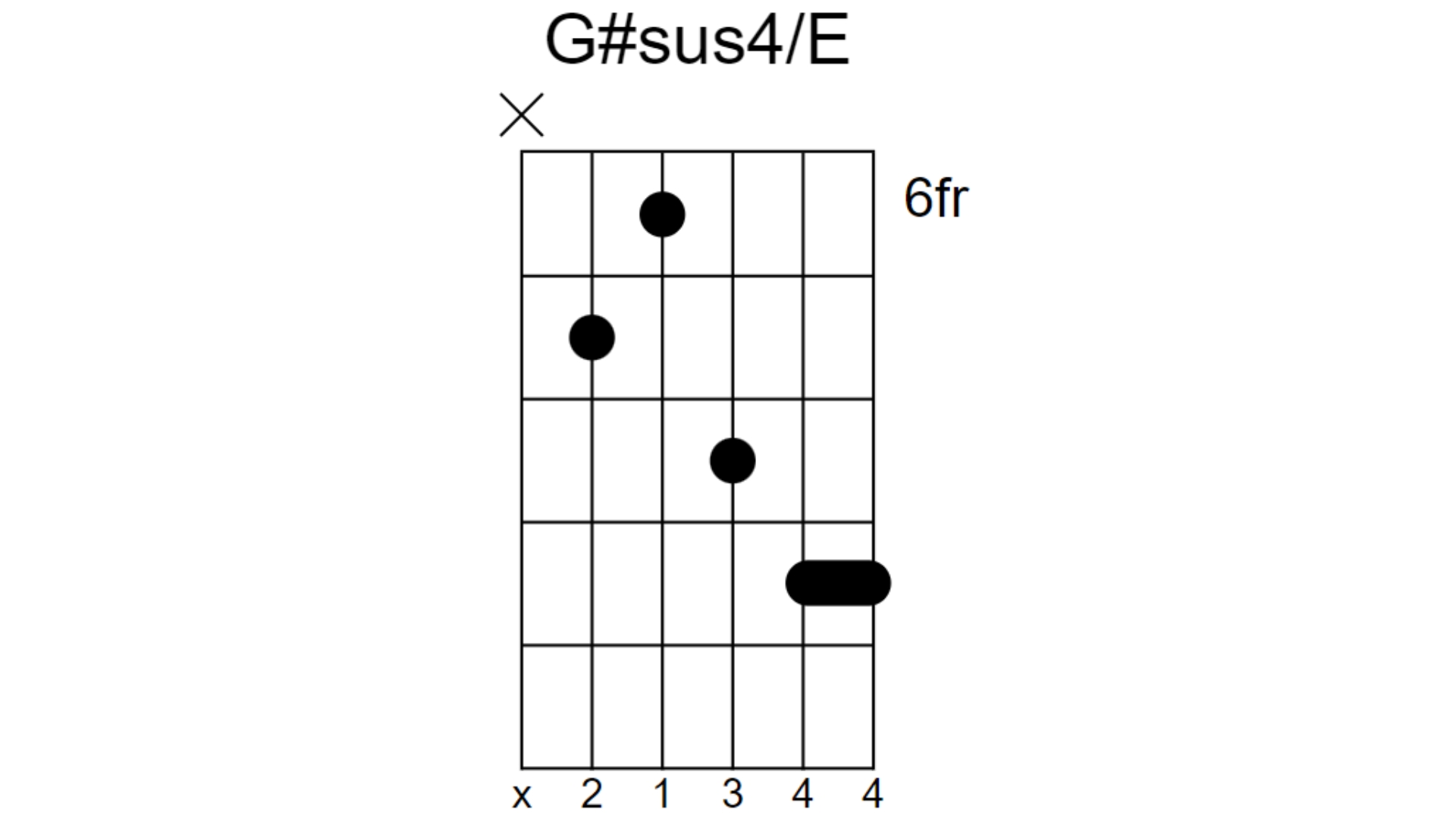
Stevie Ray Vaughan was known for his ferocious Texas blues playing style and his driving rhythms, but he also had a softer side as showcased in the track Lenny. This song is full of emotive guitar playing and subtle phrasing tricks.
The song is based around a repeated chord that outlines the main melody section, and that chord is a G#sus4/E. This chord could be simplified into a G#sus4, but the E note that Stevie adds on the A string just adds an extra depth to the chord. He also uses the open Low E to outline the key before playing the chord.
Once you have the basic G#sus4 chord in place, move your wrist and thumb positions to find the optimum angle to reach over for the E note on the A string.
9. D#add9 – Purple Rain
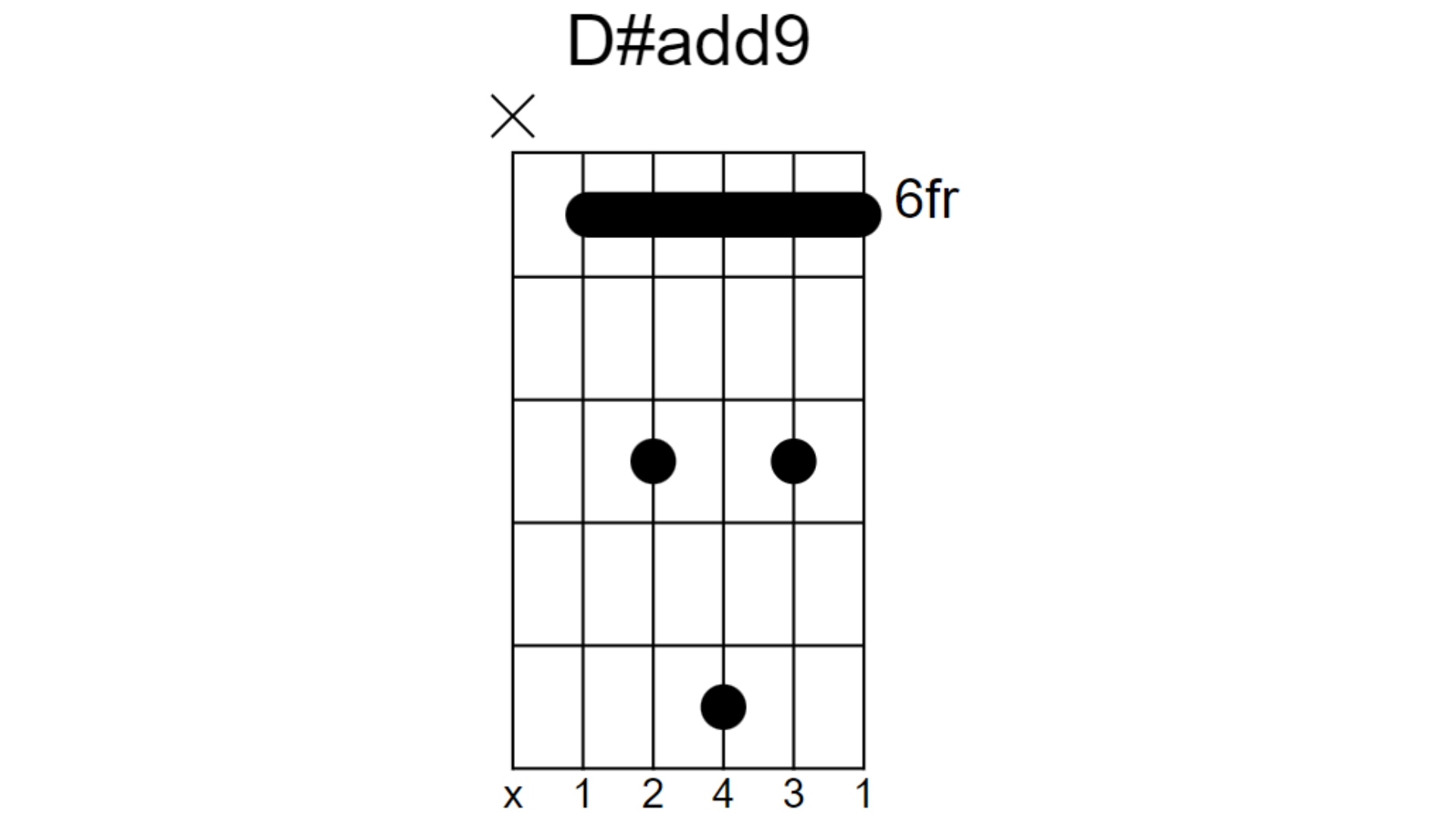
Purple Rain is jam packed full of fantastic chords but one that stands out is the chord that ends the introduction progression. This is a big stretch and requires some work to get your fingers into position. The chord in question is the D#add9.
You’ve already learnt the basics of an add9 from the Police example, but this is now a full chord.
Start with a D#7 barre chord, but learn to do this with your index finger barring and your second and third fingers playing the fretted notes. Once you can do this, add your little finger onto that 9th note (In this case, the 10th fret of the G) but be careful not to mute any other strings as you stretch over.
Leigh Fuge is a guitar player and content creator with a love for all things '80s. When he’s not creating gear demos for his Youtube channel he’s teaching students via his online guitar course Right Notes Music Tuition. Off camera he spends most of his time travelling around the UK performing at functions and corporate events. www.instagram.com/leighfugeguitar
